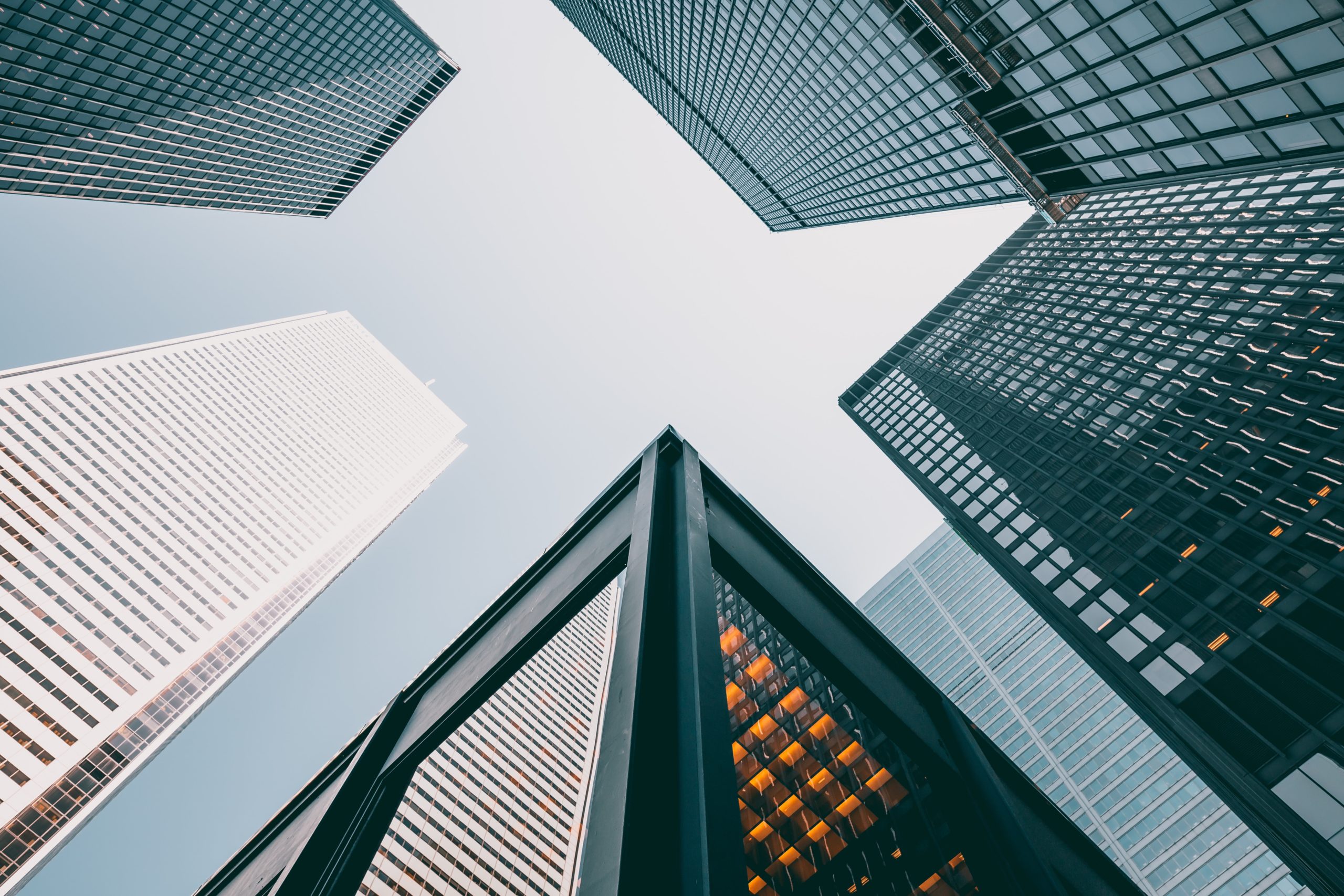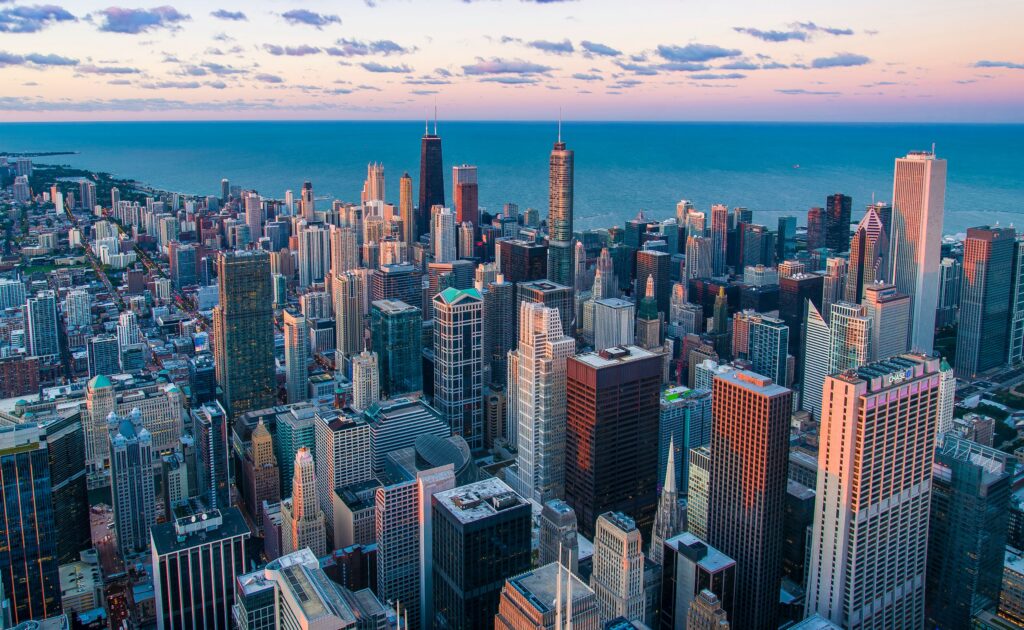By Gebin Maxey, Vice President Of Technology at HawkenAQ
Carbon emissions are expected to drop 5% in 2020, and it’s not hard to fathom why. Most observers point to the lack of commuter cars on the road and the temporary shuttering of smog-producing factories in response to COVID-19.
Yet when it comes to overall emissions, the impact of the buildings in which we live and work is often overlooked. Buildings use roughly 40% of global energy and resources, with the lion’s share of that total going to their heating and cooling.
For now, the closed buildings throughout the world are using less energy than usual – however, inefficiencies in the way that energy is stored and processed are a major contribution to CO2 emissions. In order to look toward a greener future, we can’t focus solely on electric cars and carbon capture. Changing the way we inhabit, interact with, and maintain buildings such as our office spaces is essential. Here are some of the ways companies are adapting for a greener (and more profitable!) future by reducing their energy use.
Air Stagnation Tech
As countries and states begin to draw back social distancing orders, many people will still remain reticent to attend large gatherings in public spaces, including simply shopping at malls or working in large bullpens. Going forward, expect to hear more about the concept of air stagnation as it relates to COVID-19.
Air stagnation occurs when buildings lack proper ventilation, limiting the free flow of oxygen in a given space. Buildings can be designed that naturally allow for greater airflow, however they can also be retrofitted with modern ventilation technology that puts an end to air stagnation. As such, this issue has largely been a topic for the HVAC industry – but that’s changing rapidly in response to the pandemic.
As a respiratory illness, the coronavirus carries in the air, ‘hitching a ride’ on particles and droplets we produce. Given the fact that the virus can linger in the air for up to 3 hours, building owners are going to be keen to take new steps into ensuring guests and residents that the air they’re breathing is fresh and flowing. New HVAC technologies such as Energy Recovery Ventilators (ERVs) circulate the air in order to reduce energy costs and lower humidity. These innovations are new, but have already seen widespread adoption, as their costs are in-line with competing devices. In response to COVID-19, the rollout of tech aimed at combating air stagnation will only increase in speed in order to provide a safer, healthier future for ourselves and the air we breathe.
Data-Driven Energy Analysis
As difficult as it may be to believe, most building owners are not paying much attention to their energy usage. Most simply pay the bill, believing that unless the costs are shockingly high there’s nothing to be done. This is despite strong evidence to the contrary: A US Department of Agriculture study found that 30% of energy used in buildings is wasted.
It’s easy enough – apparently – to look at the total energy expenditure of a building as one number. However, with the right technological applications, owners can get a much stronger picture of where and how their money is being spent. Using Internet of Things (IoT) equipped devices, users gain more detailed insights into the specific energy usage of HVAC, lighting, power plugs, and other chief components of building maintenance. Gathering this data can show where relatively simple fixes can be made, such as resealing windows in a room or wing of a building, or varying light fixture usage to fluctuate with demand.
A 2019 study found that the sorts of changes highlighted by an IoT smart building system led to a 20% reduction in energy use – a massive cost savings for any building owner. The fact is, we know the issues that cause energy waste, and there are often multiple, effective solutions to a given issue. The chief concern is in getting building owners to act – after all, change is hard, especially when maintaining the status quo seems easier. With the right data, these changes become an easier sell. Going green is simply more appealing when it’s made lucrative.
Smart Windows
Improved ventilation and better energy efficiency can reduce costs while improving the health of building inhabitants. At the same time, the sorts of changes mentioned above aren’t always obvious to a visitor. The visibility of green tech is essential to its adoption – when people see the changes in their daily lives, they’re more apt to expect other companies and building owners to follow suit.
Window films have long been used to reduce the amount of sunlight entering a building, thereby cooling it, or to provide insulation for better heating. Thanks to advances made by researchers at Harvard, the choice in window films is no longer either/or. Smart windows allow users to change the opacity of their films with the flip of a witch, darkening the opacity to reduce heat, or making them more transparent to allow in more sunlight.
The uses for smart windows have already seen mass deployment – though not solely for energy-saving purposes. For example, Singapore recently added smart windows to its metro cars, which automatically create a mist effect when traveling in residential areas, thereby eliminating privacy concerns.
The myriad uses for smart windows – from energy reduction to privacy and more – mean more and more buildings will begin to incorporate this technology as it becomes commercially available. Seeing smart windows in our daily lives is one of the ways we begin to see what sort of changes buildings need to make to meet the energy demands of the future, and then demand those changes in the places we work, shop, and live.
The Hidden Benefit Of Energy Efficiency
Increasing the energy efficiency of buildings does not get as much attention as electric vehicle deployment or increasing renewable energy use. We simply don’t often consider how closely the administrators or buildings we visit are monitoring their energy use.
And yet, in order for us to significantly bring down CO2 rates – which have been rising year over year despite increased attention – we must tackle the issue of building inefficiency. The technology is there – what remains to be seen is how this crisis will affect demand for air flow technology and IOT-enabled devices as owners reevaluate how to adapt once social distancing restrictions are lifted.
There’s a great deal of promise here. During the 2008 financial crisis, CO2 emissions dipped as a result of lessened economic output. Following the recovery, we’ve now reached our highest emissions level in history. The reduction brought on by the coronavirus impact could follow the same pattern and simply be a temporary blip as well – or, it could be a chance for us to take control and ensure we continue enjoying the fresher, cleaner air we’ve seen in recent weeks. It all depends on how we implement the technological advancements that have already been made to both reduce our spending on energy, and supercharge our path to a greener future.












